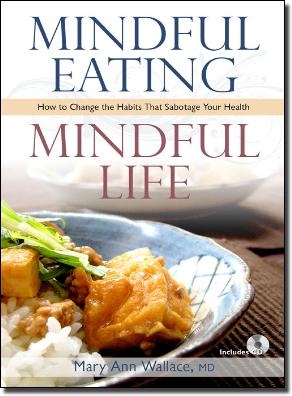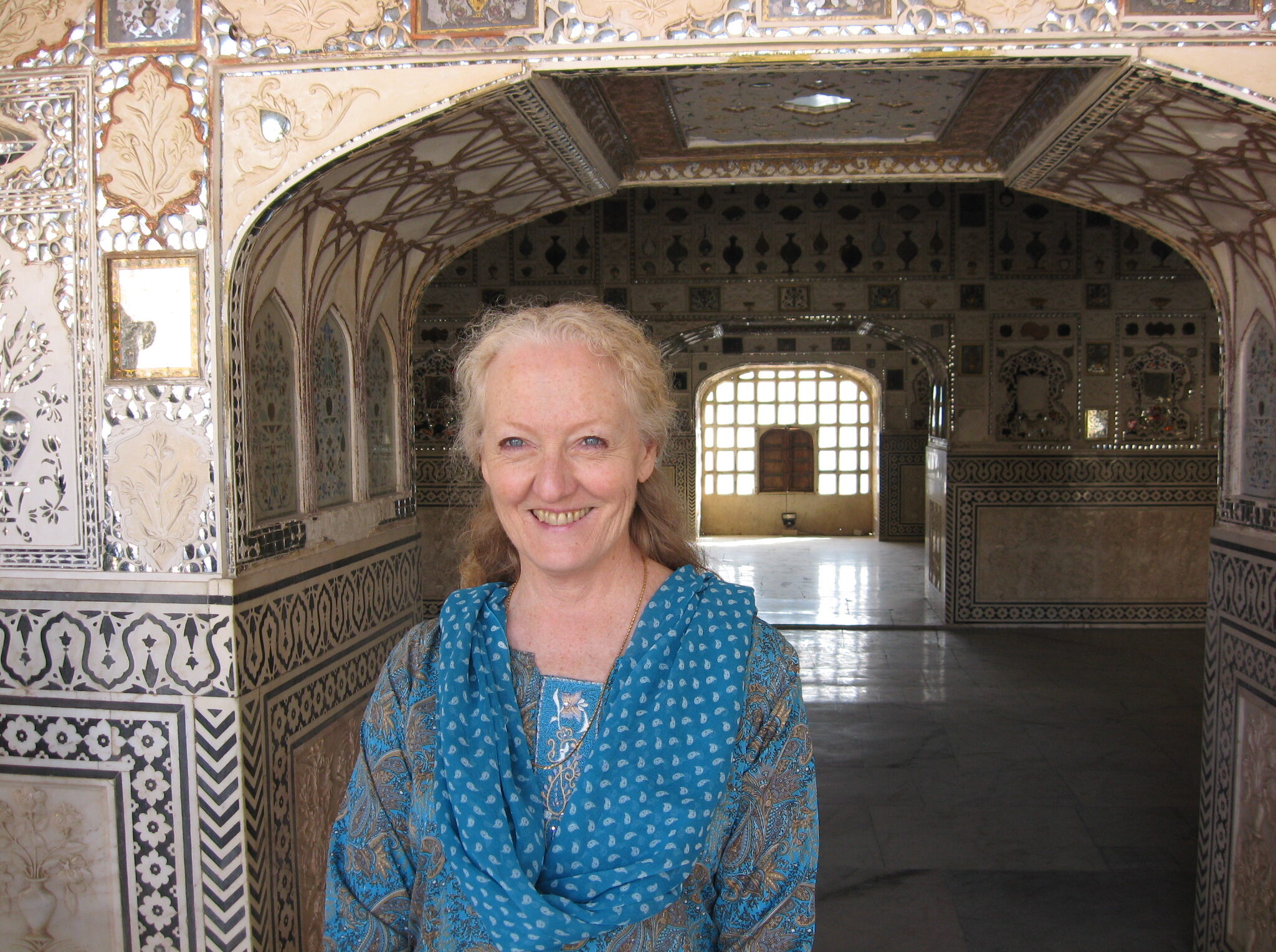Comments from Dr. Wallace’s
Mindful Eating classes:
“It is exciting to know you are teaching Mindful Eating workshops now. I have lost 23 pounds and
I am feeling fabulous. I am proud to feel so in control and
mellow about it now.”
“I now eat with more aliveness. Thank you for helping me to open up to the reason I eat!”
And, after reading the book,
another participant:
“Wow! You really got down to the bones of it all! Reading this book, I could feel myself going through class again and hearing you as I read … Honors to you!”
MINDFUL EATING – MINDFUL LIFE
How to Change the Habits That Sabotage Your Health
By Mary Ann Wallace, M.D.
Obesity has surpassed smoking as the leading cause of preventable disease. Unfortunately, the solutions offered for this malady often fall short of being helpful: diets work only so long as we are on them, and bariatric surgery is irreversible and a grave choice which carries its own risks.
Dr. Wallace developed an alternative solution in her “Mindful Eating” classes in 2006, offering participants the opportunity to explore more deeply the roots of the compulsive eating that is often the underlying problem. Successful and popular, these classes continue to meet the needs of hundreds of individuals seeking a better relationship with eating and food.
Dr. Wallace wrote Mindful Eating – Mindful Life in response to requests from class participants, gleaning the content from years of experience in these classes. The book reflects her ongoing commitment to do that which most matters in the effort to make a difference in people’s lives.
See the Reviews page to read what others are saying about Mindful Eating – Mindful Life.
Click MEML-Ch1 to download and read Chapter 1.

From the Book …
I start every series of Mindful Eating classes with a simple question: “Why do you eat – what is it inside that prompts you or propels you?” After a minute of confused looks and a couple of titters, the class invariably engages. The list usually has more than 30 items by the time we’re done, and only seldom is “hunger” even mentioned. As we warm to the task, often participants will share more deeply the awareness gradually rising to the surface that traces their current motivations to aspects of their stuck past. The aspect that all items on the list have in common is that they provoke a sensation in the belly, whether that it be emptiness or tension, that in some way mimics the sensation of hunger. This, then, defines the work for the rest of the class series, and will define the content of the bulk of this book: “Why do we eat?” (Ch. 1)
• • • •
One of the most surprising things that comes out of the brainstorming in the Mindful Eating classes I teach is the broad array of what can be truly nourishing. The pangs of hunger we feel often far surpass anything to do with food. Unhooking from eating as the single and automatic default method of easing these many forms of hunger is an astonishing feat. The liberty and “space” we feel is unbelievable. And the experience is delicious. All of life becomes a playground in a whole new way when we realize full permission to get our needs met, no matter what those needs are! (Ch. 7)
